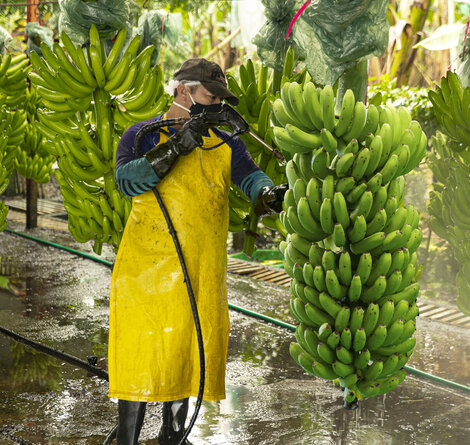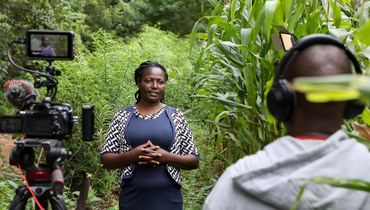Tools and Knowledge
On this page, you’ll find practical tools and informative resources on sustainable and transparent agricultural supply chains. These include instruments and guides for securing living incomes and fair wages, digital traceability with the INATrace toolbox, as well as a wide range of knowledge offered through videos, podcasts, and studies.





